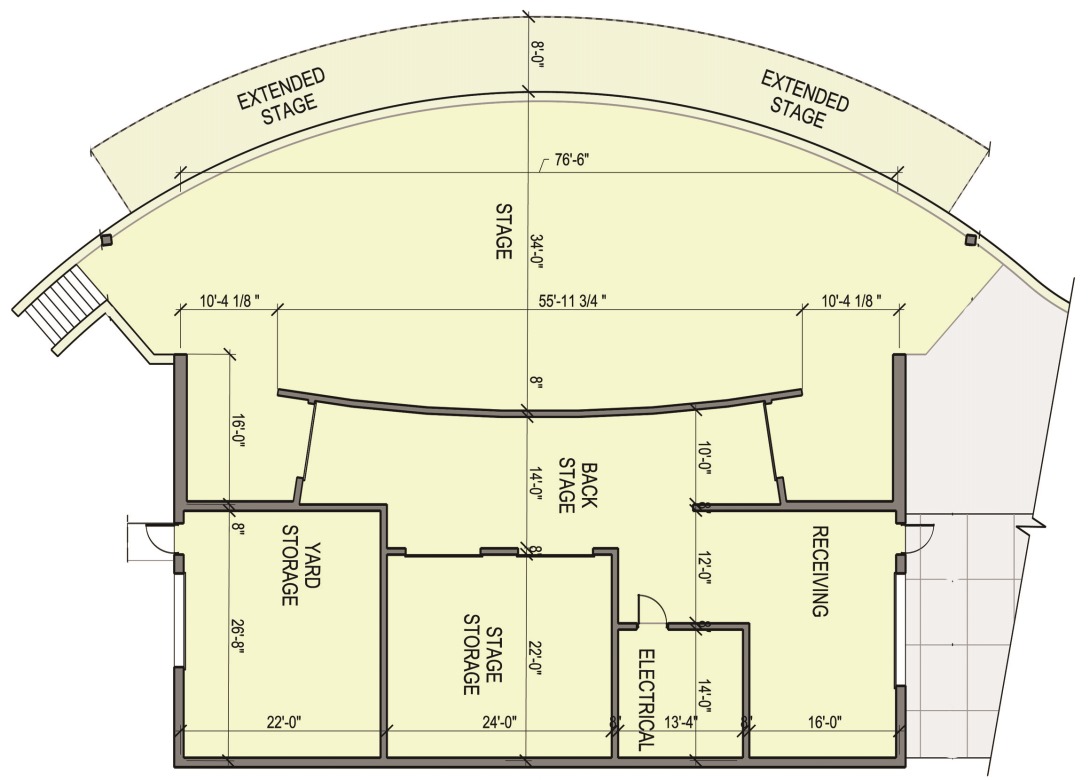Enter your band details here. They will be displayed on the eventual stage plan. For the technical contact, enter the name of the band member with the.
A strategic plan looks at all the things your small business could do and narrows it down to the things it is actually good at doing. A strategic plan also helps business leaders determine where to spend time, human capital, and money.
But, how should small businesses approach strategic planning? There are hundreds of business books dedicated to the topic. We’ve read most of them. We put the others on our bookshelf just for show.

All the trials and triumphs of building a business – delivered to your inbox.

Developing a strategic plan might seem like an overwhelming process, but if you break it down, it’s easy to tackle. Here’s our five-step approach:
1. Determine where you are. This is harder than is looks. Some people see themselves how they WANT to see themselves, not how they actually appear to others. Many small businesses get snared in this same trap.
For an accurate picture of where your business is, conduct external and internal audits to get a clear understanding of the marketplace, the competitive environment, and your organization’s competencies (your real—not perceived—competencies).
2. Identify what’s important. Focus on where you want to take your organization over time. This sets the direction of the enterprise over the long term and clearly defines the mission (markets, customers, products, etc.) and vision (conceptualization of what your organization’s future should or could be).
From this analysis, you can determine the priority issues—those issues so significant to the overall well-being of the enterprise that they require the full and immediate attention of the entire management team. The strategic plan should focus on these issues.
3. Define what you must achieve. Define the expected objectives that clearly state what your organization must achieve to address the priority issues.
Stage Layout Template
4. Determine who is accountable. This is how you’re going to get to where you want to go. The strategies, action plans, and budgets are all steps in the process that effectively communicates how you will allocate time, human capital, and money to address the priority issues and achieve the defined objectives.
Stage Plan Maker
5. Review. Review. Review. It’s not over. It’s never over. To ensure the plan performs as designed, you must hold regularly scheduled formal reviews of the process and refine as necessary. We suggest at least once a quarter.
A strategic plan is a wonderful thing. It can help you take your small business to places you never thought possible. If you haven’t already done so, take the time to lay out a strategic plan now. It will help keep your small business on track and you focused on the future.
Also on Forbes:
Gallery: Boardroom To Business Plan
It’s hard to accomplish anything without a plan. Whether you’re coaching a football team, cooking Thanksgiving dinner, or running a small business, you need a strategic plan.
A strategic plan looks at all the things your small business could do and narrows it down to the things it is actually good at doing. A strategic plan also helps business leaders determine where to spend time, human capital, and money.
But, how should small businesses approach strategic planning? There are hundreds of business books dedicated to the topic. We’ve read most of them. We put the others on our bookshelf just for show.
All the trials and triumphs of building a business – delivered to your inbox.
Developing a strategic plan might seem like an overwhelming process, but if you break it down, it’s easy to tackle. Here’s our five-step approach:
1. Determine where you are.Layar kaca 21. This is harder than is looks. Some people see themselves how they WANT to see themselves, not how they actually appear to others. Many small businesses get snared in this same trap.
For an accurate picture of where your business is, conduct external and internal audits to get a clear understanding of the marketplace, the competitive environment, and your organization’s competencies (your real—not perceived—competencies).
Design Stage Plan Failure
2. Identify what’s important. Focus on where you want to take your organization over time. This sets the direction of the enterprise over the long term and clearly defines the mission (markets, customers, products, etc.) and vision (conceptualization of what your organization’s future should or could be).
From this analysis, you can determine the priority issues—those issues so significant to the overall well-being of the enterprise that they require the full and immediate attention of the entire management team. The strategic plan should focus on these issues.
3. Define what you must achieve. Define the expected objectives that clearly state what your organization must achieve to address the priority issues.
4. Determine who is accountable. This is how you’re going to get to where you want to go. The strategies, action plans, and budgets are all steps in the process that effectively communicates how you will allocate time, human capital, and money to address the priority issues and achieve the defined objectives.
5. Review. Review. Review. It’s not over. It’s never over. To ensure the plan performs as designed, you must hold regularly scheduled formal reviews of the process and refine as necessary. We suggest at least once a quarter.
A strategic plan is a wonderful thing. It can help you take your small business to places you never thought possible. If you haven’t already done so, take the time to lay out a strategic plan now. It will help keep your small business on track and you focused on the future.
Also on Forbes: